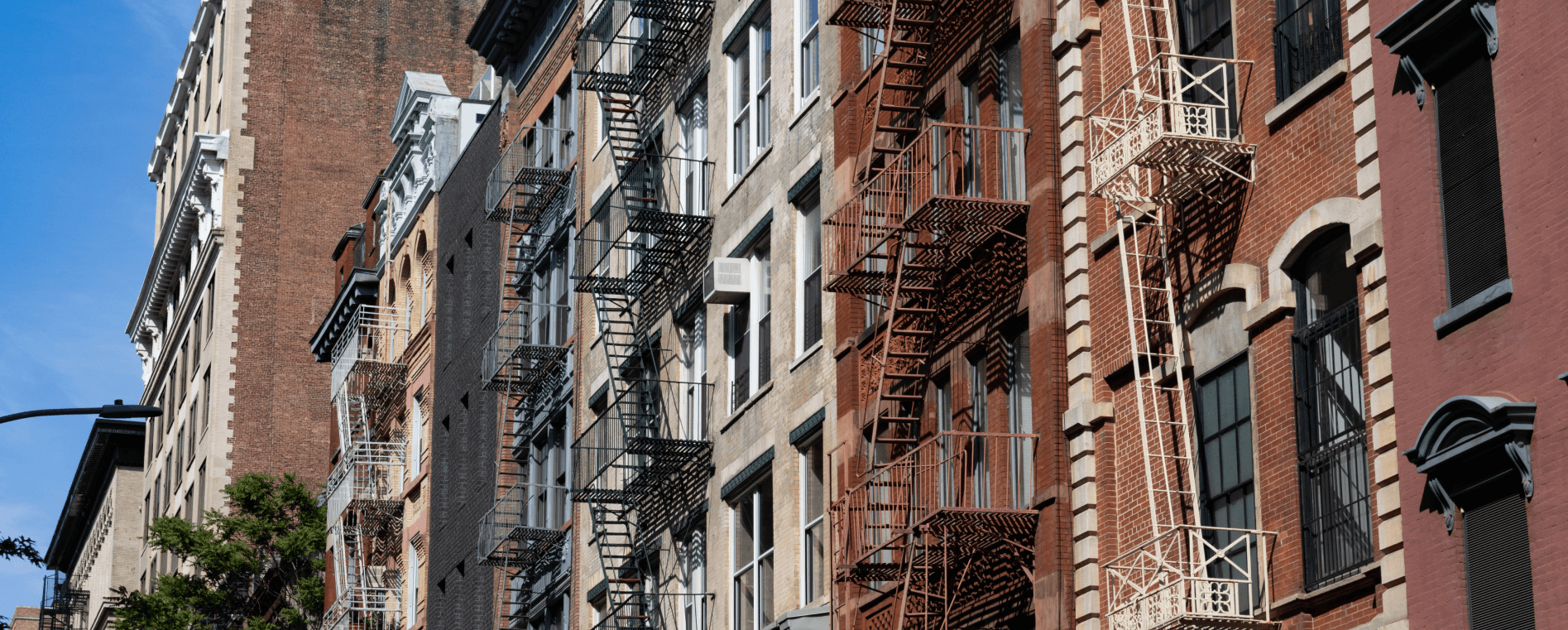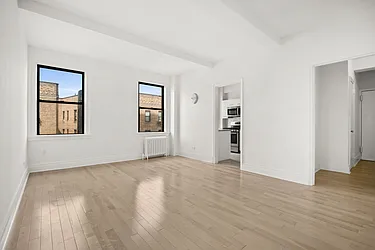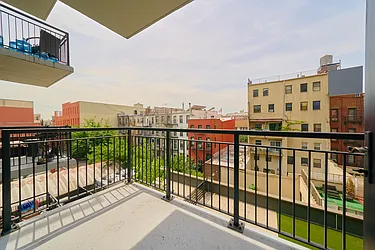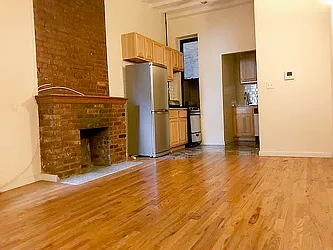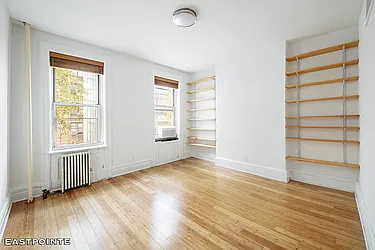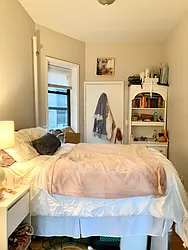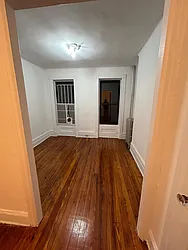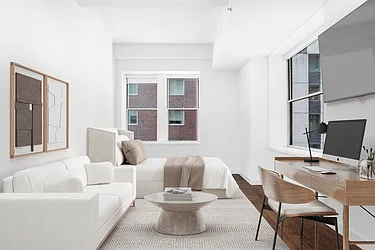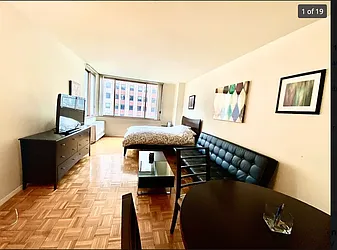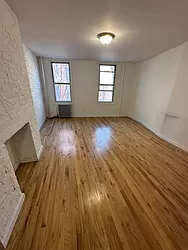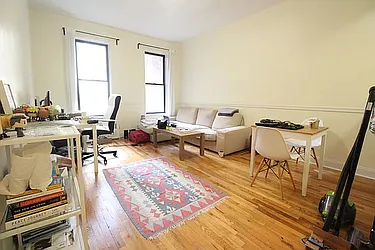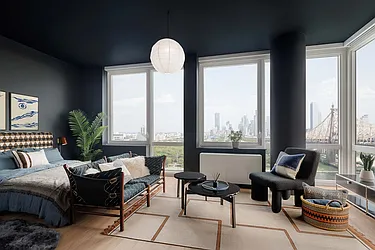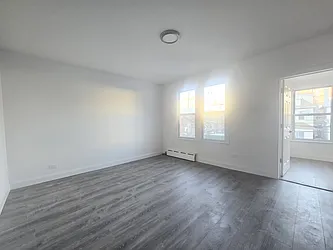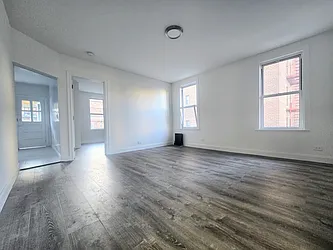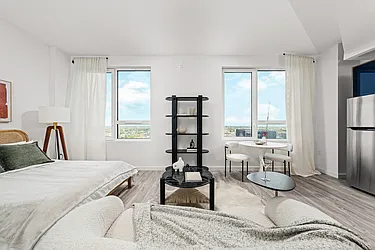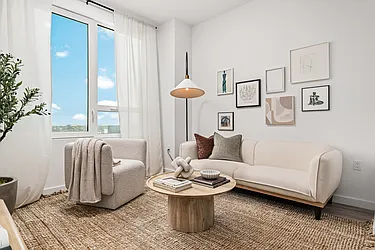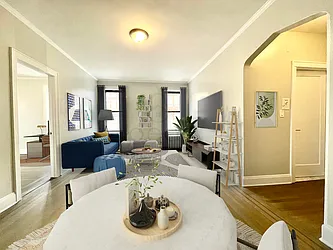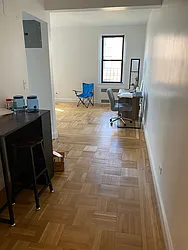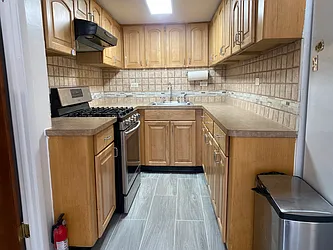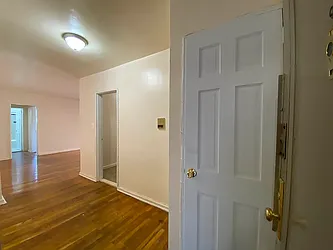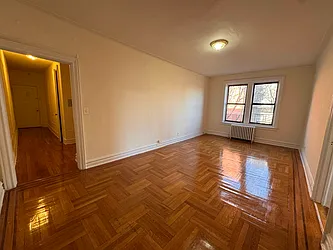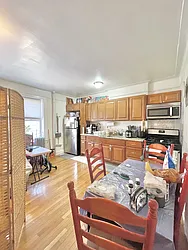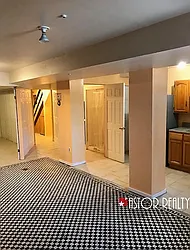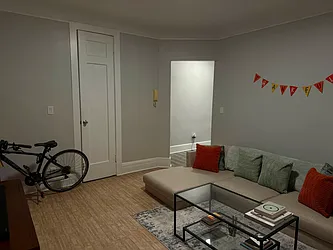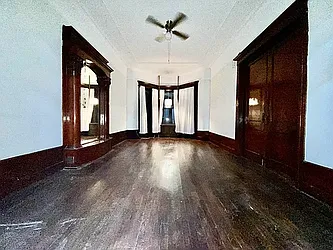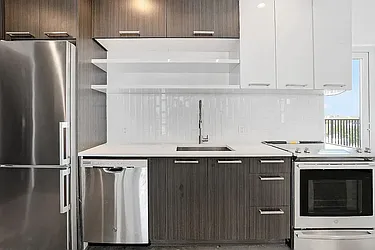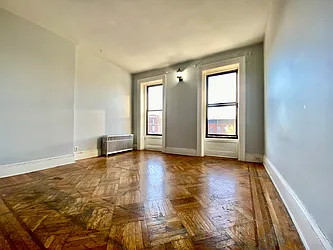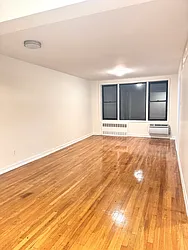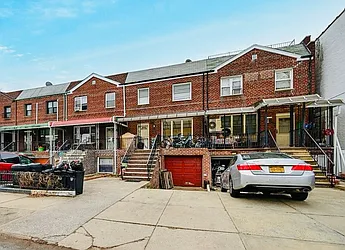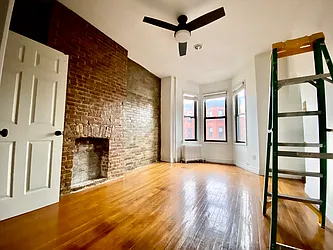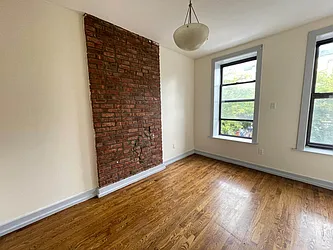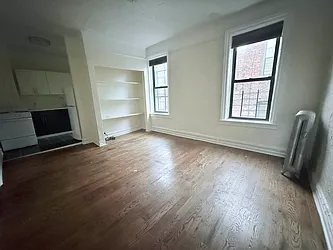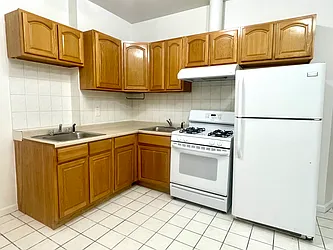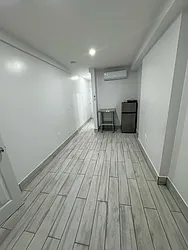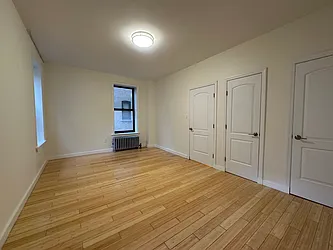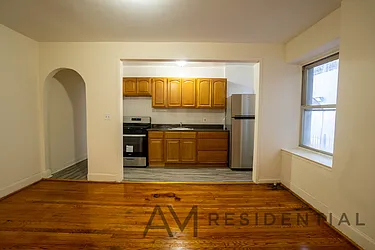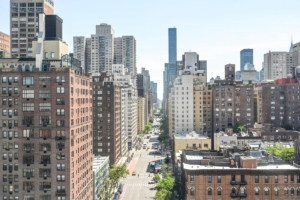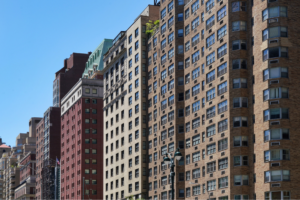Key Takeaways:
- NYC rental inventory decreased year-over-year in February for the first time since October 2022.
- The median net-effective rent fell 4.6% in Manhattan, as slowing competition has led to a decline in asking rents and rising landlord concessions in the borough.
- While rent growth slowed in much of the city, the median asking rent in Queens jumped 13.5% year-over-year, as rising demand in the borough continues to drive up rents and limit available inventory.
The number of rentals on the market in New York City fell 2.9% year-over-year to 27,599 in February, the first decline since October 2022.1 The drop in inventory — which was widespread across Manhattan, Brooklyn, and Queens — signals a competitive spring rental market and underscores the severe affordability challenges renters face in NYC.
However, the spring market this year will still be calmer than last year’s, with slower growth in asking rents. The citywide median asking rent rose 2.1% year-over-year to $3,575 in February. The current rate of growth is much slower compared to 16.9% a year ago.
While elevated rents are weighing on overall renter demand, low vacancies in NYC suggest competition won’t disappear anytime soon. The rental vacancy rate fell to 1.4% in 2023, the lowest since 1968 according to the NYC Housing and Vacancy Survey, as the city’s housing supply failed to keep up with population and economic growth.
As a result, asking rents are still rising outside of Manhattan — and Queens continues to take the lead. In Queens, the median asking rent jumped 13.5% year-over-year to $2,950 in February as the supply of affordable rentals in the borough dwindled.
High Upfront Rental Costs Are Suppressing Inventory
Beyond rising rents, soaring upfront rental costs also contribute to low inventory by making it more expensive for renters to move. StreetEasy® data shows the average upfront cost to move into an NYC rental was $10,454 in 2023, up 29% from 2019 before the pandemic disrupted the market. The typical upfront cost includes first month’s rent in advance, security deposit, broker fee, and various application fees.
Amid these high upfront costs, New Yorkers are increasingly deferring their next move, keeping vacancy levels low. In 2022, just 21% of NYC renters had moved into their current apartment within the previous three years, a sharp decline from 30% in pre-pandemic 2019, according to the US Census Bureau’s American Community Survey. With fewer renters moving, fewer homes have been available on the market. StreetEasy data shows 236,899 rentals were on the NYC market in 2023, a 14% drop from 2019. This limited inventory drove up competition, leading to increased rents, with the median asking rent jumping 28% from 2019 to 2023.
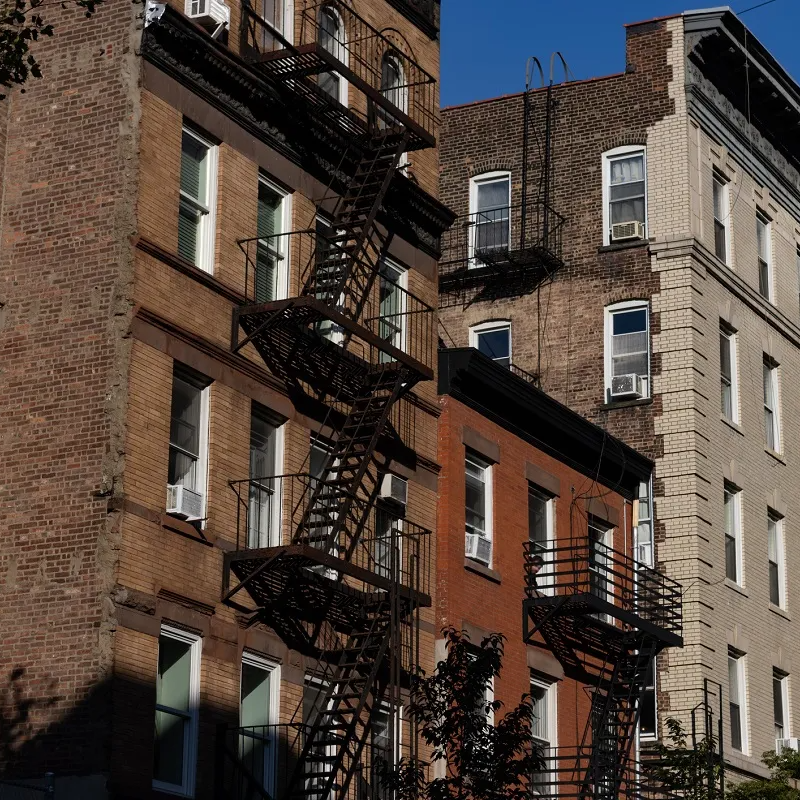
The Average New Yorker Spends $10,454 in Upfront Costs for a Rental READ MORE
The barrier to mobility disproportionately affects renters of color. Among households living in the same rental since 2021, 75% are headed by a New Yorker identifying as a person of color, according to the NYC Housing and Vacancy Survey. Meanwhile, those moving into vacant units are more likely to be affluent white renters: 56% of households that moved into a rental since 2021 earned $100,000 or more, and half were headed by a white New Yorker.
Reducing upfront rental costs will expand the choices of all New Yorkers. More inventory would be unlocked as more renters become able and willing to move, helping to create a more equitable rental market for all New Yorkers.
Asking Rents Are Falling in Most of Manhattan
| Neighborhood | Median Asking Rent in February 2024 | Year-Over-Year Change | |
|---|---|---|---|
| 1. | Battery Park City | $4,895 | -12.7% |
| 2. | Greenwich Village | $3,995 | -7.6% |
| 3. | Gramercy Park | $4,585 | -5.9% |
| 4. | Lower East Side | $4,100 | -4.6% |
| 5. | Upper West Side | $4,295 | -4.1% |
(Note: We only ranked neighborhoods that had at least 50 for-rent listings on StreetEasy in Feb 2024)
While asking rents in other boroughs continue to rise, Manhattan’s median asking rent fell 1% year-over-year to $4,257 in February. Asking rents will continue to decline in Manhattan as landlords adjust prices to attract tenants — one of StreetEasy’s housing market predictions for 2024.
When comparing Manhattan submarkets — groups of neighborhoods that form larger regions such as Upper Manhattan, Midtown, and Downtown Manhattan — the Upper West Side submarket saw the sharpest decline in asking rents compared to a year ago, falling 4.1% to $4,295 in February. In Downtown Manhattan, the median asking rent declined 2% year-over-year to $4,850, the second largest decline in the borough.
Manhattan Rentals Under $3,500 on StreetEasy Article continues below
Rents are stabilizing in the Midtown submarket, with the area’s median asking rent at $4,472 in February, just 0.3% below a year ago. Rentals in Midtown neighborhoods continue to see steady demand, likely from New Yorkers who work in the area and prioritize a convenient commute.
Upper Manhattan — including Harlem, Washington Heights, and Inwood — is the only submarket in the borough where asking rents increased from a year ago. The median asking rent in Upper Manhattan was $2,900 in February, up 7.5% year-over-year.
Amid slowing demand, Manhattan landlords are increasingly offering concessions to attract renters. In February, 17.6% of rentals in the borough offered at least one month of free rent. This is up from 13.4% a year ago, and higher compared to 16.5% citywide. With more rentals offering concessions, the median net-effective rent — a calculation that distributes the discount from free months of rent across all other non-free months of a lease — fell 4.6% year-over-year to $4,217 in Manhattan. The spread of concessions signals that asking rents in Manhattan will continue to decline this year.
Asking Rents Are Soaring Across Queens
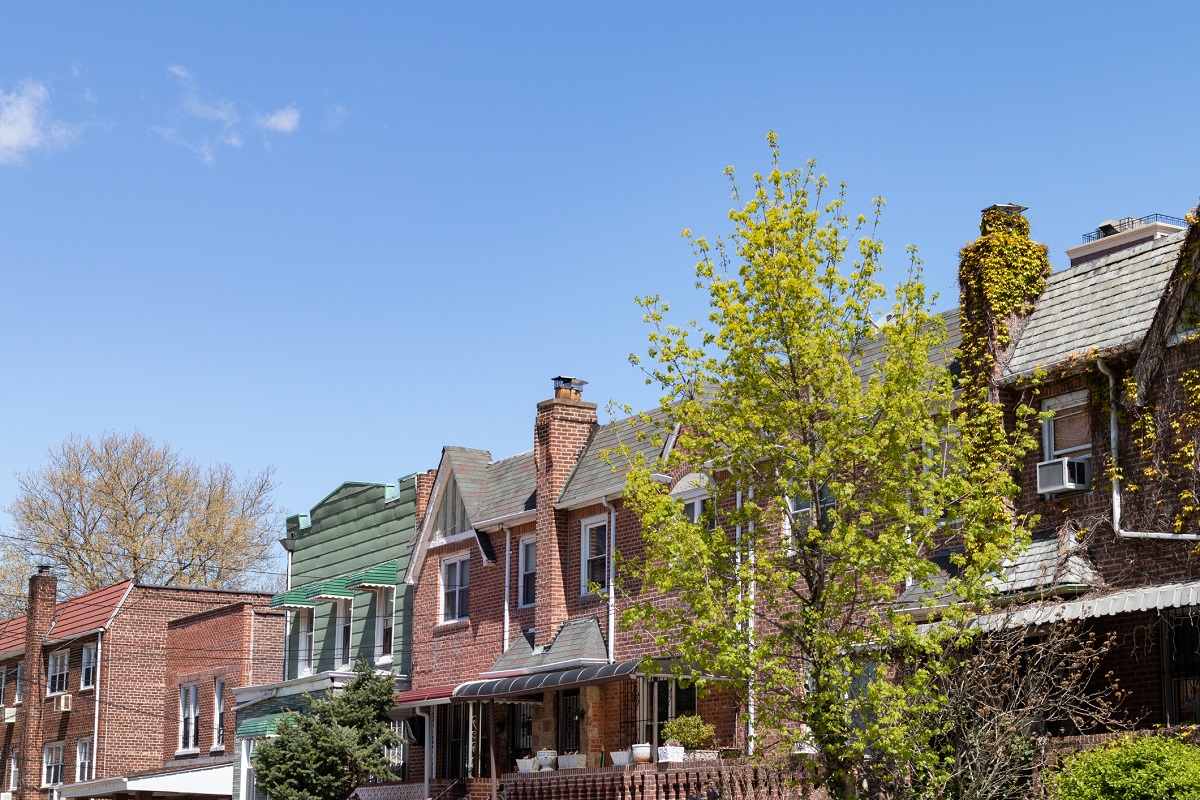
The median asking rent in Queens jumped 13.5% year-over-year to $2,950 in February, as renters in search of affordability looked to the borough. These soaring asking rents reflect heated competition among renters for increasingly limited inventory in Queens, minus a few neighborhoods known for new developments. In February, 3,866 rentals were on the market in the borough, declining 3.4% from a year ago.
Neighborhoods like Long Island City, Astoria, and Sunnyside have been sought-after destinations for renters due to their proximity to Manhattan and new rental buildings with modern amenities. The median asking rent in these three neighborhoods was $3,250 in February, up 8.3% year-over-year and 10.2% above the borough median.
Queens Rentals Under $2,500 on StreetEasy Article continues below
Asking rents are rising quickly in Elmhurst, Jackson Heights, and Woodside — the latter two making our list of 10 NYC Neighborhoods to Watch in 2024 — as renters look farther east in Queens for even more affordability. The median asking rent in Woodside rose 16.7% year-over-year to $2,800, the strongest increase among these neighborhoods. In Jackson Heights, the median asking rent was $2,450, up 8.9% from a year ago. Elmhurst, another affordable option in central Queens, had a median asking rent of $2,495, 6.2% higher than a year ago. Rising demand across the borough continues to drive up rents and limit available inventory.
Waterfront Neighborhoods in Brooklyn Stay Hot
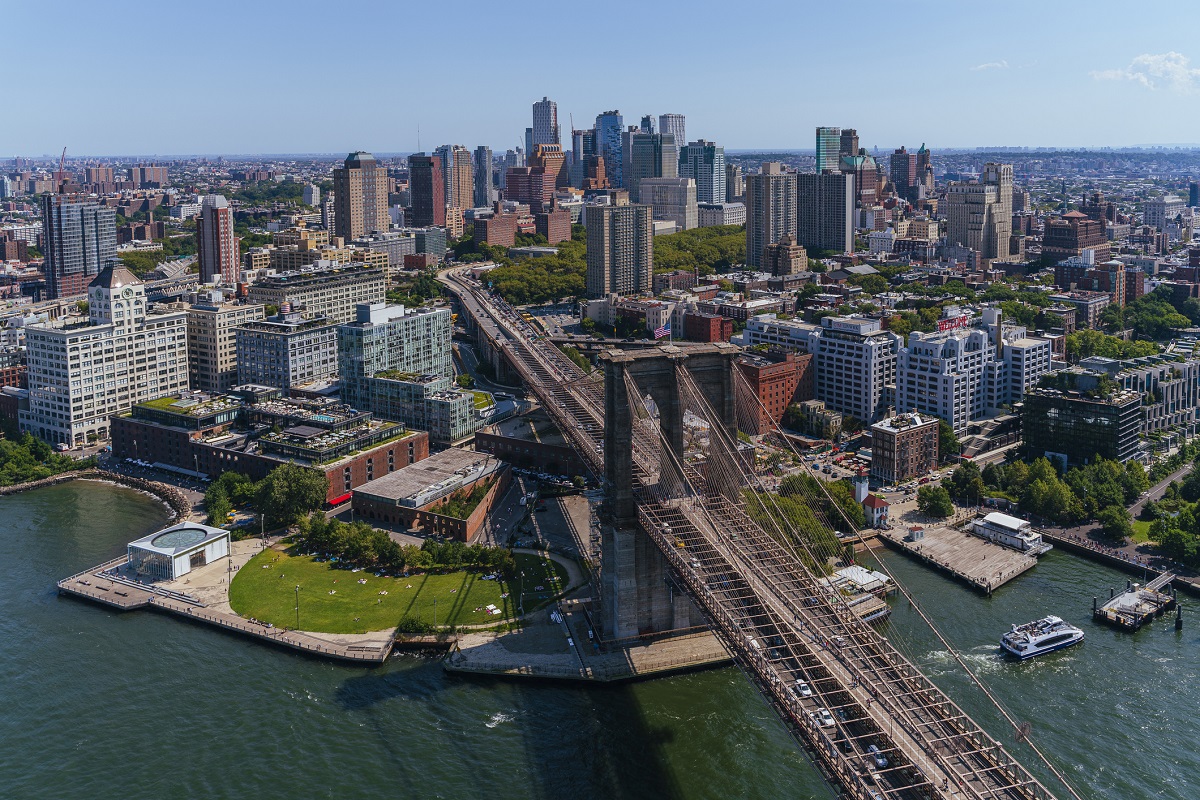
In Brooklyn, the median asking rent was $3,330 in February, 4.1% higher than a year ago. While annual rent growth in the borough remains high, it’s far lower compared to 14.3% in February 2023. As renters compete for limited inventory, concessions are harder to find in Brooklyn than in other parts of the city. In February, just 14.7% of Brooklyn rentals offered at least one month of free rent, compared to 16.5% of rentals across NYC.
Rents are rising especially fast in Brooklyn’s waterfront neighborhoods, where brand new, amenity-rich rental buildings attract New Yorkers with higher incomes. Brooklyn Heights led the way, with its median asking rent soaring 19% year-over-year to $5,000 in February. In Williamsburg, the median asking rent was $4,334, up 1% from a year ago. At $5,840, the median asking rent in DUMBO rose 4.7% from a year ago. And as wealthy New Yorkers increasingly consider renting over buying, competition for luxury rentals in these neighborhoods is heating up: Williamsburg and DUMBO ranked third and sixth, respectively, on our list of the most competitive NYC neighborhoods for amenity-rich rentals.
Brooklyn Rentals Under $3,000 on StreetEasy Article continues below
While competition in Brooklyn’s waterfront areas has driven rent growth, even neighborhoods farther out in the borough are feeling the inventory squeeze and its impact on asking rents. In East New York, for instance, the median asking rent jumped 18% year-over-year to $2,950. In Flatbush — another Neighborhood to Watch in 2024 — the median asking rent reached $2,850, up 7.6% from a year ago.
What Lies Ahead for NYC’s Rental Inventory?
It’s too early to say if the decline in rental inventory will continue, but there are two reasons to expect the decline seen in February to be a blip. First, high mortgage rates are encouraging homeowners to rent their properties instead of selling. Second, elevated rents are incentivizing landlords to list their vacant units quickly, before rent growth slows further. These tailwinds will continue to be in play throughout the year, pushing up the number of rentals on the market in NYC. Additionally, more listings will join the rental market in March through July as many leases lapse in spring and summer, creating an opportunity for the city’s rental inventory to rise above last year’s levels.
That said, the city still faces a worsening housing shortage and a bumpy road to increased rental inventory. High upfront costs have made moving to and within the city increasingly expensive, and with more New Yorkers staying put, fewer homes are likely to be made available. Lowering the financial barriers to moving, in addition to increasing the supply of affordable housing, would be steps in the right direction in creating a more fluid market for all.
1 For comparison to previous years, all metrics for February 2024 in this report exclude the leap day.
StreetEasy is an assumed name of Zillow, Inc. which has a real estate brokerage license in all 50 states and D.C. See real estate licenses. StreetEasy Concierge team members are real estate licensees, however they are not your agents or providing real estate brokerage services on your behalf. StreetEasy does not intend to interfere with any agency agreement you may have with a real estate professional or solicit your business if you are already under contract to purchase or sell property.
